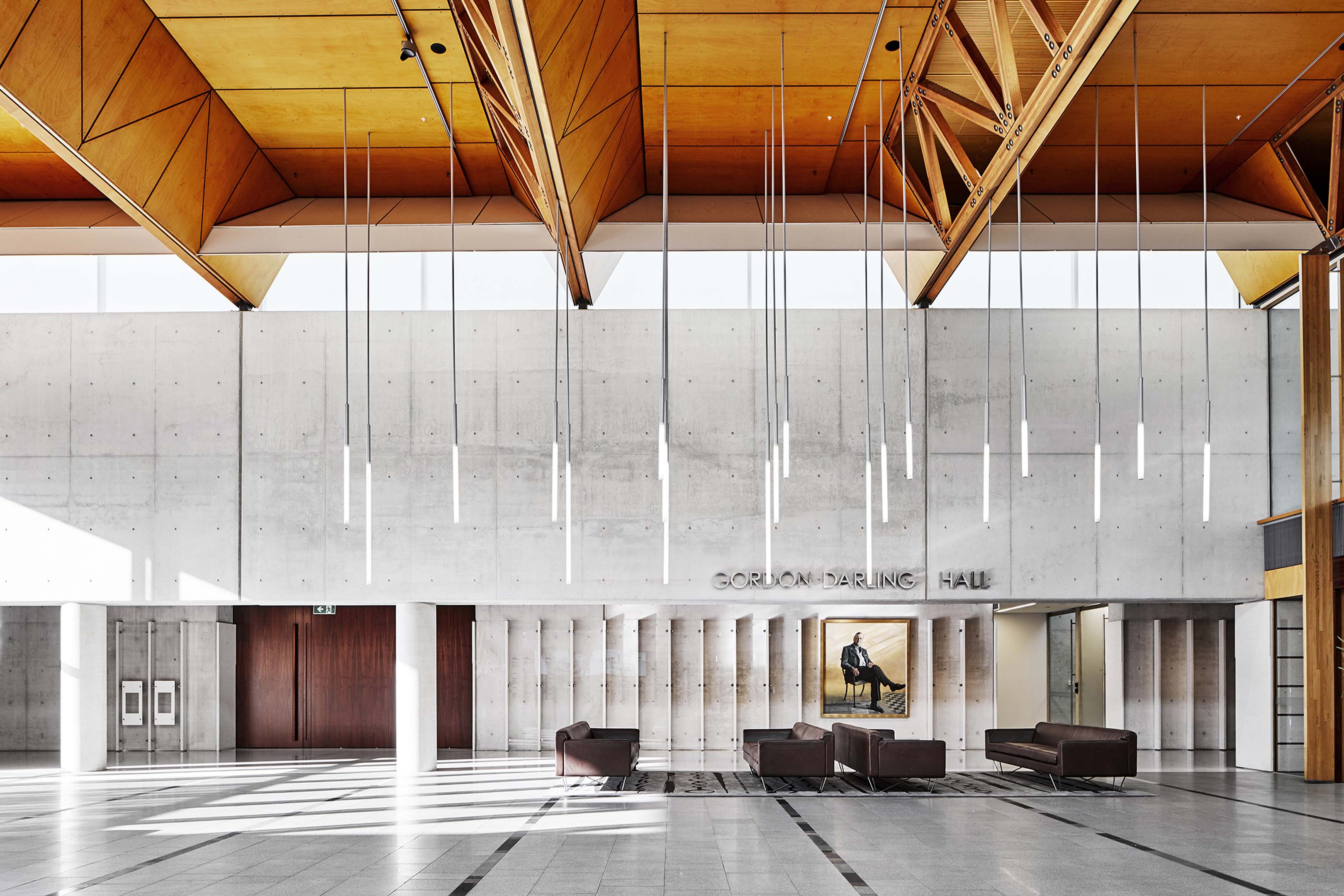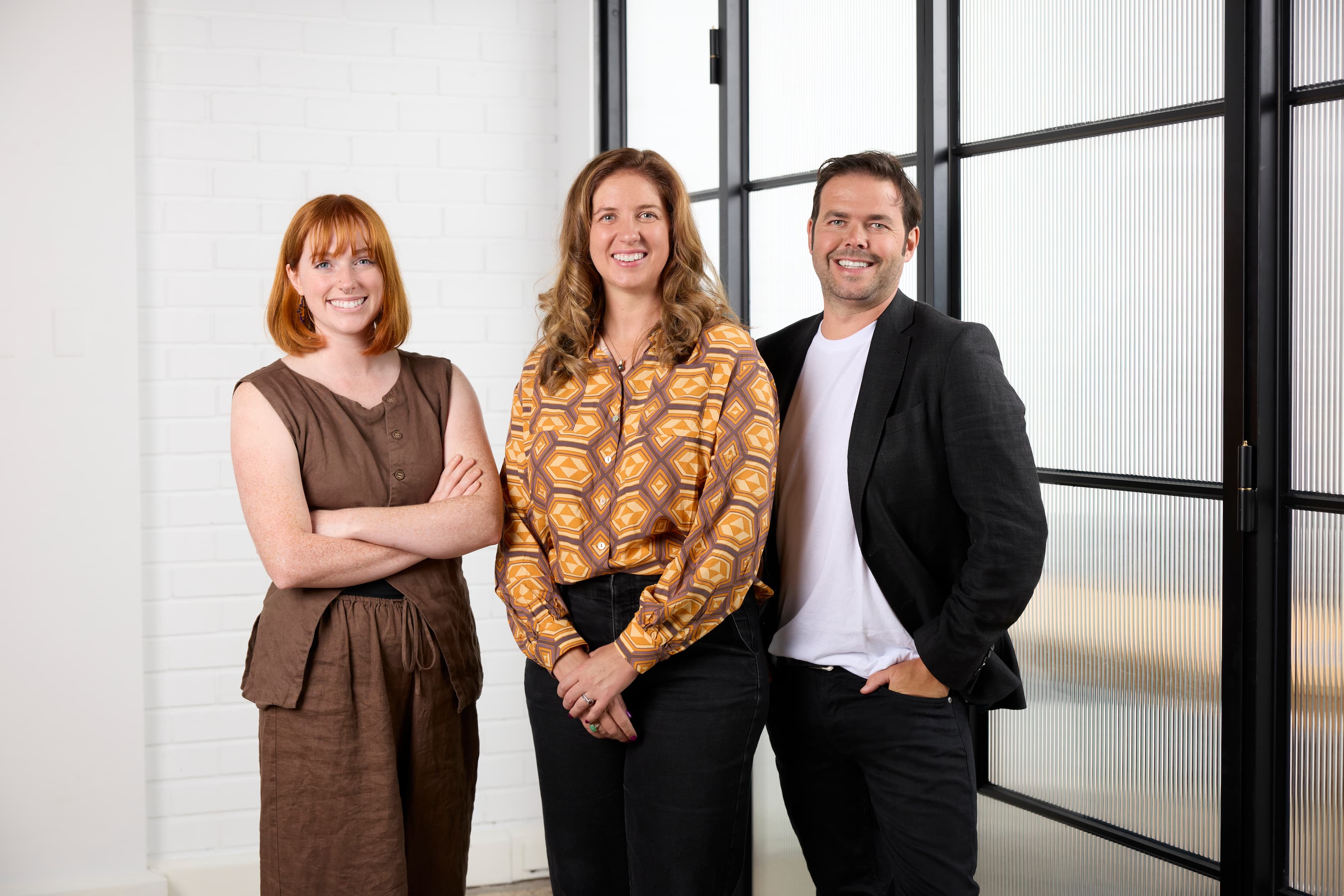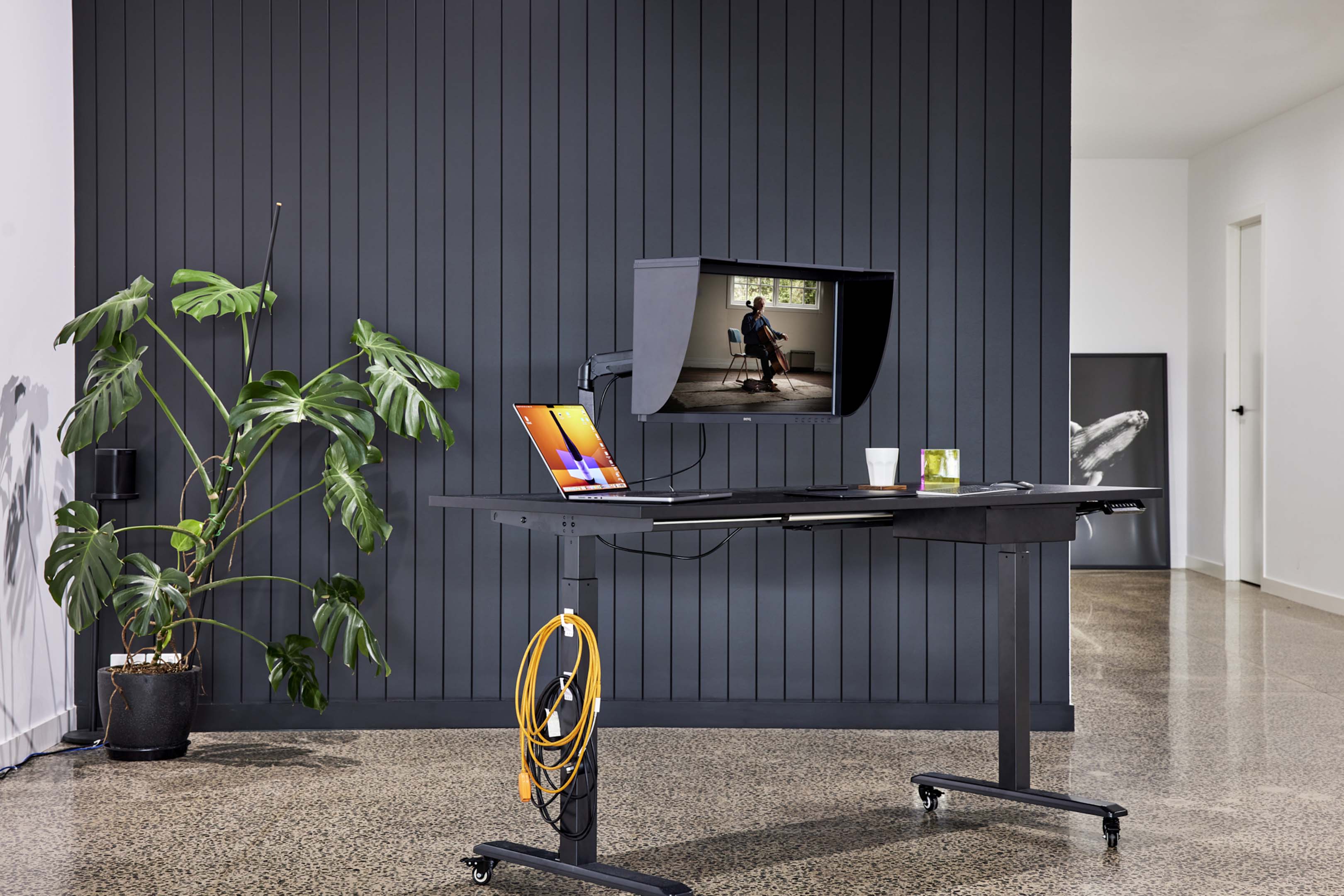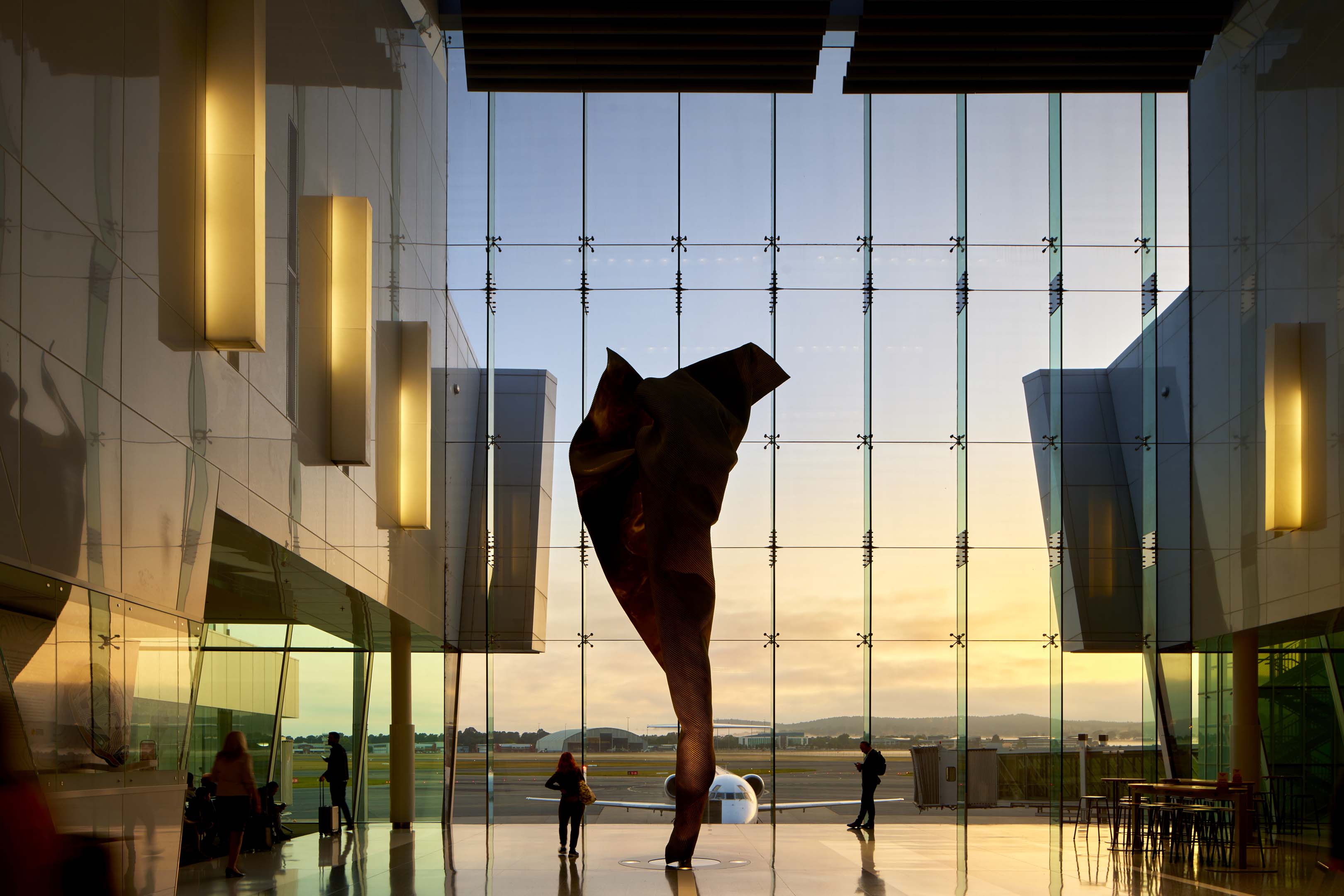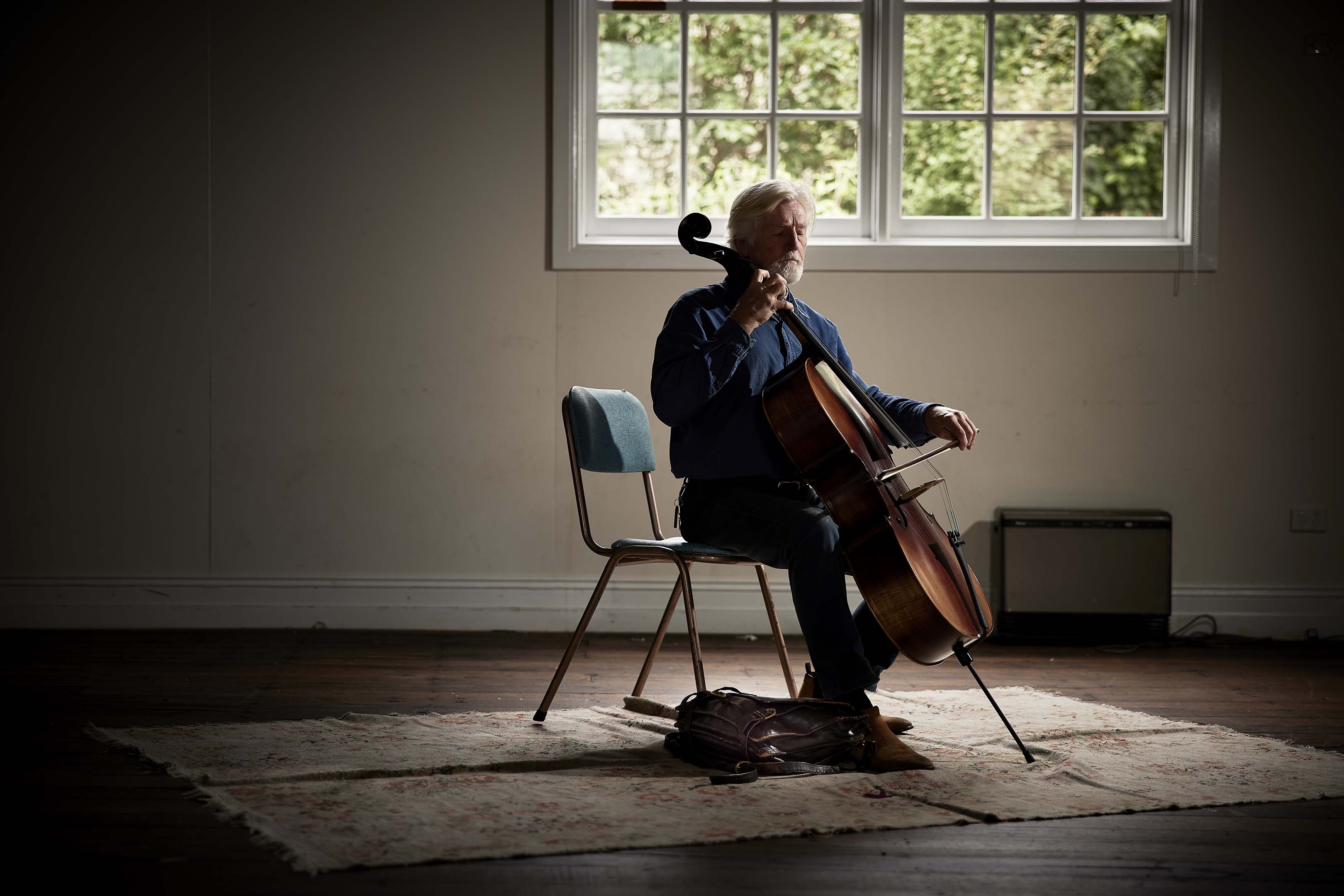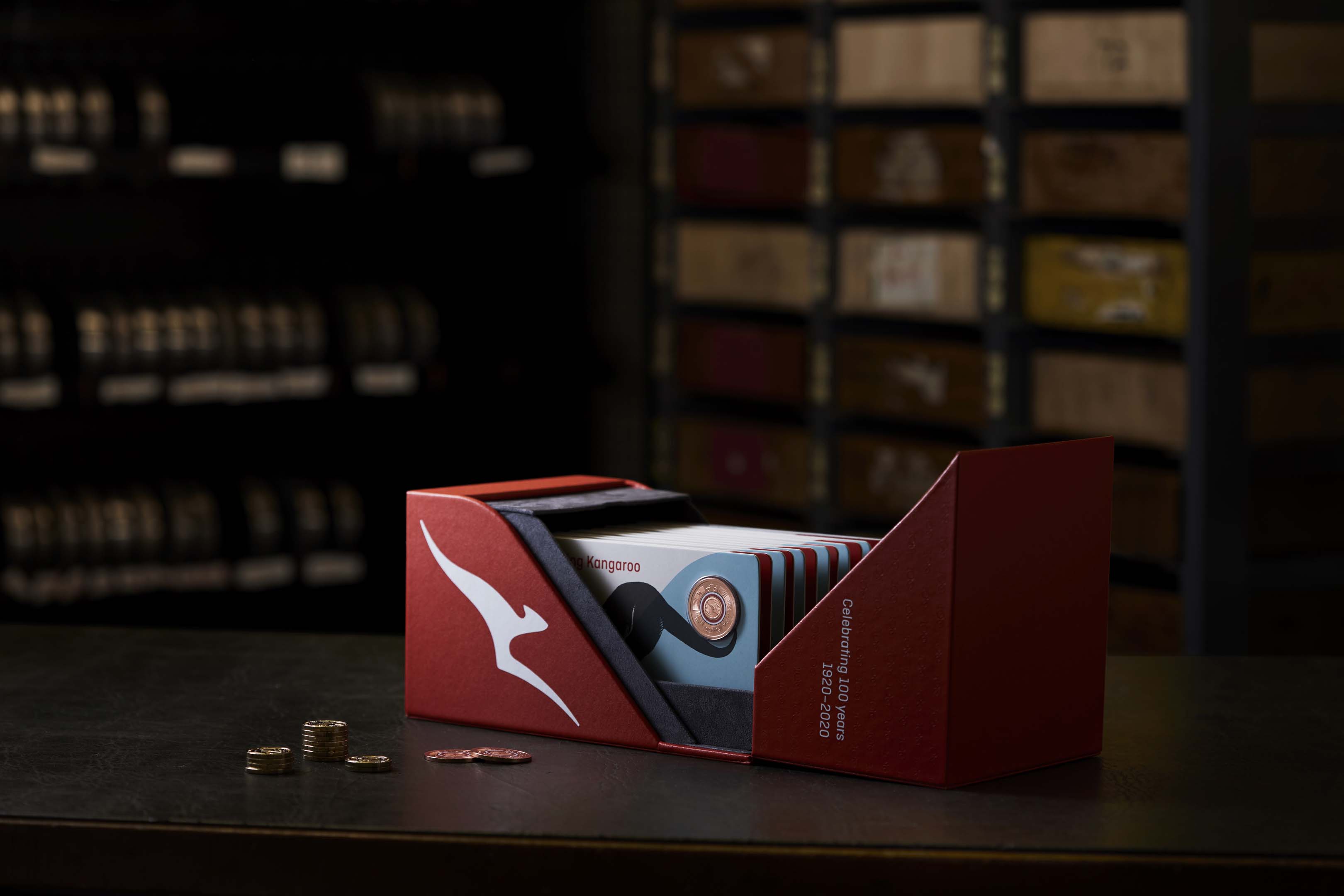Great photos alone won’t build a sustainable photography business. The harsh reality? Many talented photographers struggle financially because they neglect the business fundamentals that separate successful professionals from those constantly chasing their next client.
Here’s what most photography courses won’t tell you: mastering contracts, pricing strategies, licensing agreements, and client relationship management often determines business success more than technical camera skills.
Understanding commercial photography in contracts
Your contract isn’t just paperwork. It’s your business protection and profit safeguard. A properly structured commercial photography contract establishes clear boundaries around the scope of work, payment terms, usage rights, delivery timelines, and cancellation policies. Most importantly, contracts should specify exactly who owns what and for how long.
Why does this matter? Photographers automatically own copyright of images they create unless specifically transferred otherwise. This ownership represents ongoing revenue potential through licensing and usage fees.
Model releases confirm that photographed individuals consent to public use of their image. Property releases may also be necessary when showcasing private locations or pets. These documents prevent costly legal complications that could devastate your business later.
How to price your services
Setting rates that actually make you money requires understanding your true business costs, not just guessing what clients might pay. Many commercial photographers use day rates that account for shooting time plus pre-production planning and post-production editing. Calculate your minimum viable rate by including equipment costs, insurance, superannuation, and unexpected expenses, then add your profit margin.
Value-based pricing offers a smarter approach for established photographers. Rather than competing on price alone, you set rates based on the specific value delivered to each client. This strategy requires clearly communicating your unique market position and the tangible results your work produces.
Licensing and usage fees
Commercial photography licensing gives clients specific usage rights while you retain ownership, and this distinction creates ongoing revenue opportunities. Usage fees depend on duration (how long images will be used), territory (local versus national or international), media type (websites, print publications, billboards), and exclusivity arrangements.
The fee structure reflects usage scope: a nationwide billboard campaign commands significantly higher licensing fees than images used solely on a local business website. Understanding these distinctions helps you price appropriately and educate clients about photography’s commercial value.




